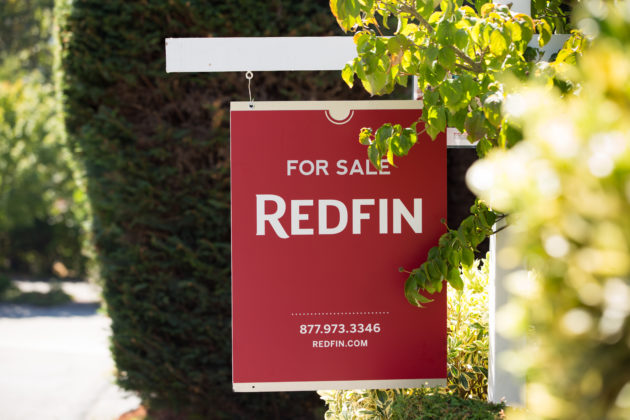
Despite hovering around their all-time low for several months now, it looks like mortgage rates have done about all they can for housing affordability.
According to a new report, skyrocketing home prices have now outstripped their power, and overall homebuying affordability is now moving downward.
Data from mortgage insurer First American shows that record-low mortgage rates boosted American homebuying power for much of 2020. At one point, buyers could afford a whopping $15,000 more house thanks to declining interest rates.
But now, with home prices up 8% over last year and 1.5% between just July and August, those days have officially come to an end.
Despite hovering around their all-time low for several months now, it looks like mortgage rates have done about all they can for housing affordability.
According to a new report, skyrocketing home prices have now outstripped their power, and overall homebuying affordability is now moving downward.
Data from mortgage insurer First American shows that record-low mortgage rates boosted American homebuying power for much of 2020. At one point, buyers could afford a whopping $15,000 more house thanks to declining interest rates.
But now, with home prices up 8% over last year and 1.5% between just July and August, those days have officially come to an end.
“Mortgage rates began declining in January 2020 and even dropped below 3% for the first time ever in August.,” says Mark Fleming, chief economist at First American. “But, as mortgage rates have fallen and the housing market has recovered amid strong demand and historically low supply, nominal house price appreciation has rapidly accelerated. In August, the dynamics powering affordability may have reached a tipping point.”
According to the report, affordability dropped by about $775 in August, despite mortgage rates hitting a new monthly low of 2.92%.
Though the dip is small, Fleming says it indicates that rising home prices have begun to “erode the affordability gains of recent years.”
Buyers located in the Census Bureau’s Mountain region have it the worst. There, prices have risen by 9.2% in the last year. That area includes Arizona, Colorado, Idaho, Montana, Nevada, New Mexico, Utah, and Wyoming.
At the metro level, home prices have risen the most in San Diego, Seattle, Cleveland, San Francisco, Los Angeles, Washington D.C., Boston, Phoenix, Miami and Tampa, Fla. In San Diego, prices rose nearly 30% between August 2019 and August 2020.
Only three markets have seen price growth decelerate: New York, Chicago, and Portland.
~ Aly Yale, Forbes


